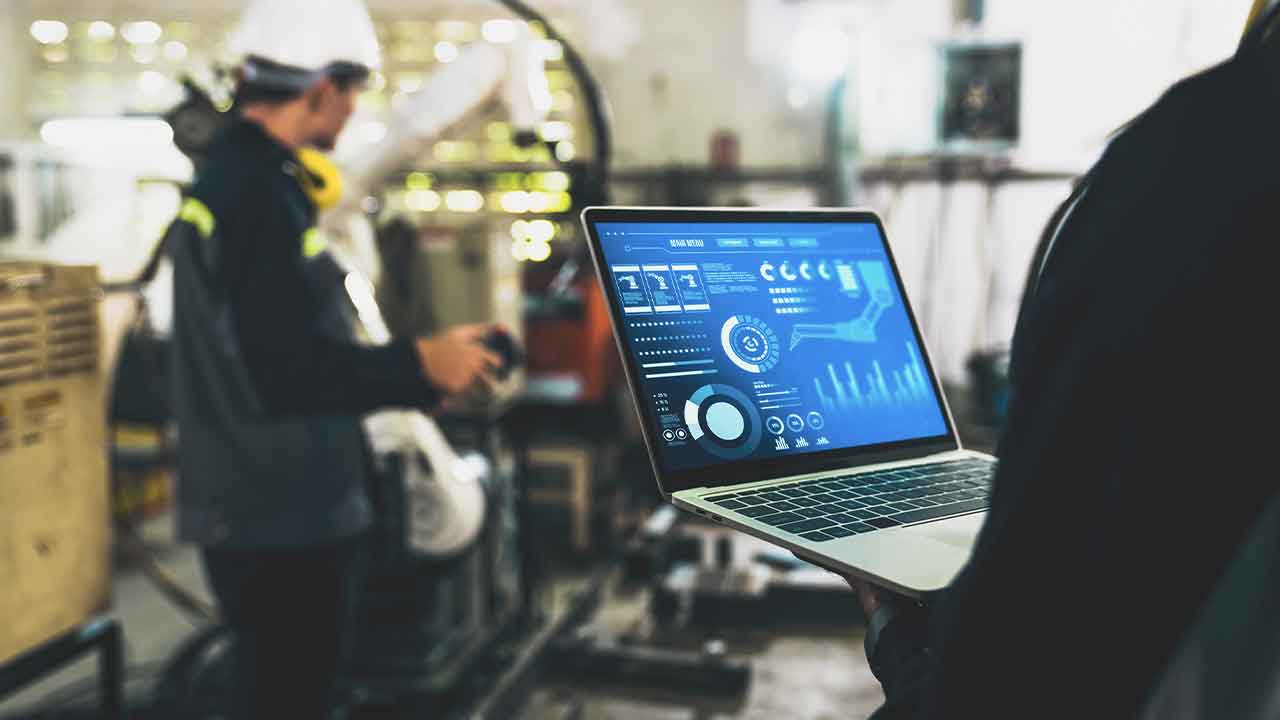Tracking Industrial Assets for Better Business Decisions
While Industrial IoT continues to mature, many customers are hesitant to share project details for obvious competitive reasons. As an alternative, it can be useful to look at potential use cases to see how IoT can benefit industrial enterprises. In this industrial asset tracking use case, the sample customer is a large multinational mining company with a large number of assets and equipment spread across mining and field sites all over the world.
Mining companies are most often operating reactively or at most at a basic preventive level. Many currently operate using a calendar-based preventive maintenance model. They work to limit asset failures by prescribing maintenance work on fixed time schedules. An even more basic approach is reactive maintenance or letting an asset run until it fails. This approach only works for non-critical assets that have low replacement costs and do not disrupt overall safety and reliability of operations. Investment for modernizing equipment is limited, so organizations are looking to get more from their existing infrastructure.
Mining companies and all utility sectors are under intense pressure to increase profitability by improving operations and reducing downtime. The reactive and basic preventative level of maintenance leaves a lot of room for improvement. In a shifting market due to fluctuating commodity prices, mining companies are continually looking for new ways to operate more effectively and efficiently while managing risk and maintaining healthy assets.
Bringing IoT to Mining
A more strategic approach to industrial asset tracking is focused on monitoring distributed equipment, or assets, in various locations in near real-time to make quick, preventative maintenance and business decisions. Challenge for this more strategic approach begins with bringing existing infrastructure into Industry 4.0 for condition monitoring, processing the vast amounts of data created, storing the data, to accessing it quickly and easily for preventative maintenance and better business decisions.
IoT enables mining companies to connect all of these assets and pieces of equipment to the cloud to track where they are, how they are being used by workers, how they are performing, when they may break down, and when they should optimize maintenance schedules, and more. Asset Intelligence is made possible by embedding a range of sensors in the tracking and monitoring hardware, so, in addition to location, you can also collect data on temperature, humidity, air quality, pressure, vibration, acidity and pretty much any environmental measure.
An edge IoT platform allows for the real-time tracking of assets, sending data to the IoT platform, visualizing the data, and storing the data. The solution provides the option to define routes or implement geo-fencing and define a radius or locations where the vehicle should not operate. Monitoring features include the ability to measure the speed the vehicle is traveling, when it is not moving, the amount of fuel in the vehicle, the temperature, the battery condition, and leak detection. Additional benefits are the ability to communicate with the driver instantly and the capacity to define a maintenance schedule for each vehicle.
With a tool that includes advanced dashboard reporting, the customer can find the location of all vehicles on one map with the option to drill down on each vehicle for details. Behavioral reporting compares drivers for efficiency and productivity. Perhaps the most valuable feature of the dashboard is the ability to create a predictive maintenance schedule based on vehicle health information (battery, temperature, leakage, etc.). All of the valuable data can be delivered via customized alerts for maintenance, geo-fence breaches, unauthorized driver usage or vehicle malfunction.
Industrial asset-tracking stimulates both predictive and preventive maintenance of assets, which inherently contributes toward reducing equipment downtime and increasing production efficiency. As a result, mining companies can optimize maintenance schedules, ensure the optimum number of assets are in the field, create usage alerts, ensure ROI on assets and reduce downtime.
 This article was written by John Younes, the Co-Founder & Chief Operating Officer at Litmus Automation. He is in charge of operations and growth for the company and draws on considerable experience working with start-ups and early stage companies. He has a Bachelors in Management from University of Western Ontario and a Masters in Management with specialization in Global Entrepreneurship from EM-Lyon.
This article was written by John Younes, the Co-Founder & Chief Operating Officer at Litmus Automation. He is in charge of operations and growth for the company and draws on considerable experience working with start-ups and early stage companies. He has a Bachelors in Management from University of Western Ontario and a Masters in Management with specialization in Global Entrepreneurship from EM-Lyon.



